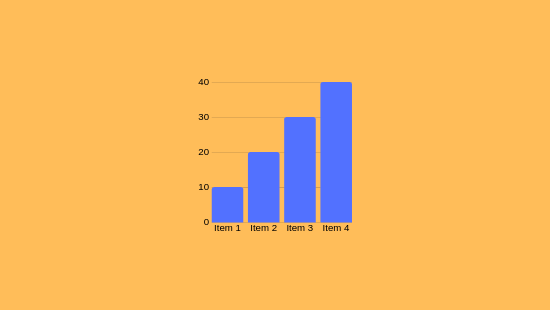Forex Indicators: Operational Mechanics
Forex Indicators: Operational Mechanics
Blog Article

As you delve into Forex indicators, you'll discover they're mathematical tools analyzing price and volume data to forecast market movements. These indicators aid in signaling trends, validating signals, and detecting overbought or oversold situations. For example, the RSI tracks market force, while Bollinger indicators measure variability. Enhancing your trade techniques by combining these indicators is crucial, especially if aiming to manage risk effectively.
Understanding Forex Indicators
Forex measurement tools are computational devices integrated in charts to assist traders in analyzing market trends and executing calculated trades. They provide perspectives into price changes and potential trading opportunities by examining past and present market figures.
Forex indicators are divided into four main types: trend indicators (e.g., Moving Averages), momentum indicators (e.g., Relative Strength Index), volatility indicators (e.g., Bollinger Bands), and volume indicators.
These tools can indicate market turns, confirm trends, or highlight overbought/oversold climates. If you're focused on refining your trading strategy, grasping their roles is fundamental.
Types of Forex Indicators
When assessing market trends, investors often deploy a selection of measures to aid in decision-making.
Forex indicators can be grouped into different classifications, each fulfilling distinct functions.
Trend Indicators like Moving Averages (MA) and Bollinger Bands assist in detecting trends and possible price surges.
Momentum Indicators, such as the Moving Average Convergence/Divergence (MACD) and Relative Strength Index (RSI), recognize shifts in price momentum and indicate excessive buying/selling.
Volatility Indicators like the Average True Range (ATR) quantify market variability, assisting investors in establishing protective measures.
If used strategically, these tools can boost trading proficiency.
Essential Instruments for Trading Choices
To executive insightful investment choices, understanding and applying key indicators that website evaluate market states is essential.
Price Movements (MA) display average prices over determined timeframes, revealing trends by evening out variations.
The RSI measures momentum on a 0–100 scale, indicating excess buy above 70 and signaling oversold scenarios below 30.
MACD compares two EMAs to validate directional trends, with histograms displaying positive or negative trajectories.
Bollinger Bands apply standard deviations around a moving average to determine volatility and potential reversals.
Retracement intervals denote support/resistance zones considering historical shifts.
Combining these measures boosts accuracy by verifying signals if congruent, enabling exact timing for currency matchups.
Using Indicators for Risk Management
As you fine-tune your trading strategy, effectively applying indicators for risk control is essential. Indicators like Moving Averages and Bollinger Bands notice volatility and spot viable trade junctures for risk minimization.
These instruments permit the setting of stop-loss orders and limit orders, which are key for modulating potential losses.
For example, using trade protections caps losses to a certain amount, such as 2% of your trading capital per trade. This disciplined tactic helps in managing trading risks by limiting exposure to fluctuations and leverage, which are notable risks in forex trading.
Combining Indicators for Enhanced Accuracy
Combining indicators is a accomplished tactic for boosting precision in forex trading. This approach allows for the use of diverse instruments to evaluate several aspects of market dynamics, including trends, drive, and volatility.
By implementing indicators like Price Averages, RSI, and MACD, you can craft resilient trade schemes. Instance given, combining Moving Averages with RSI and Volume confirms trends and drive, while Bollinger Bands with Stochastic discovers volatile scenarios and possible reversals.
If indicators from separate categories align, redundancies are minimized, and investment prompts are uplifted.
Final Thoughts
You now grasp how forex indicators function, encompassing their diversities like trend, momentum, and volatility indicators. These instruments aid in uncovering pivots and validating ongoing trends. Through combining tools, investment accuracy is enhanced, and risk management is conducted more adeptly. As an example, using the Relative Strength Index (RSI) to highlight buying peaks and Bollinger Bands to analyze fluctuation can refine your trade choices. Report this page